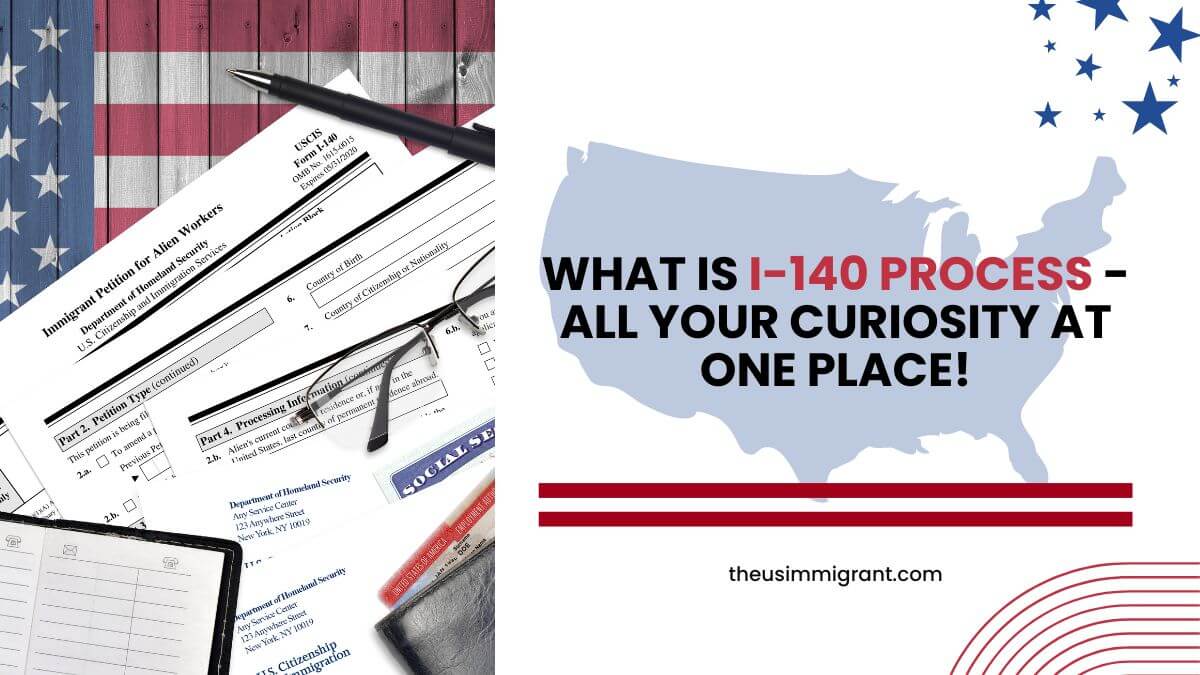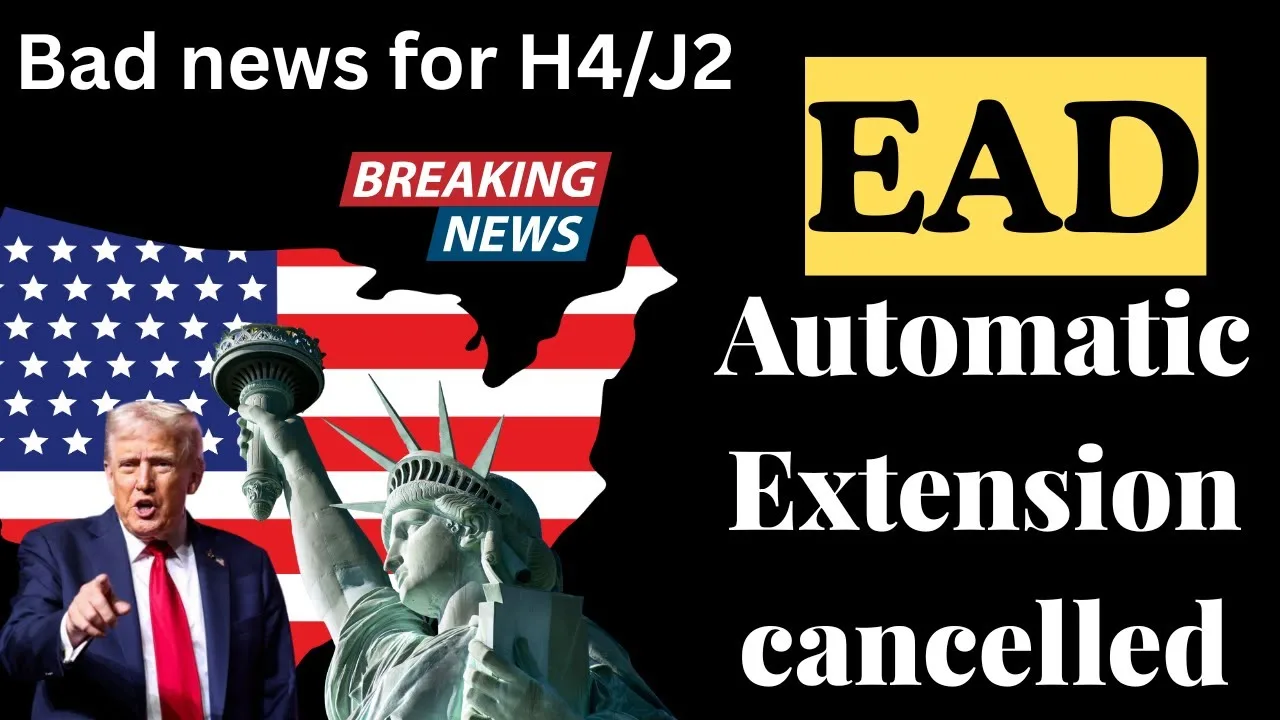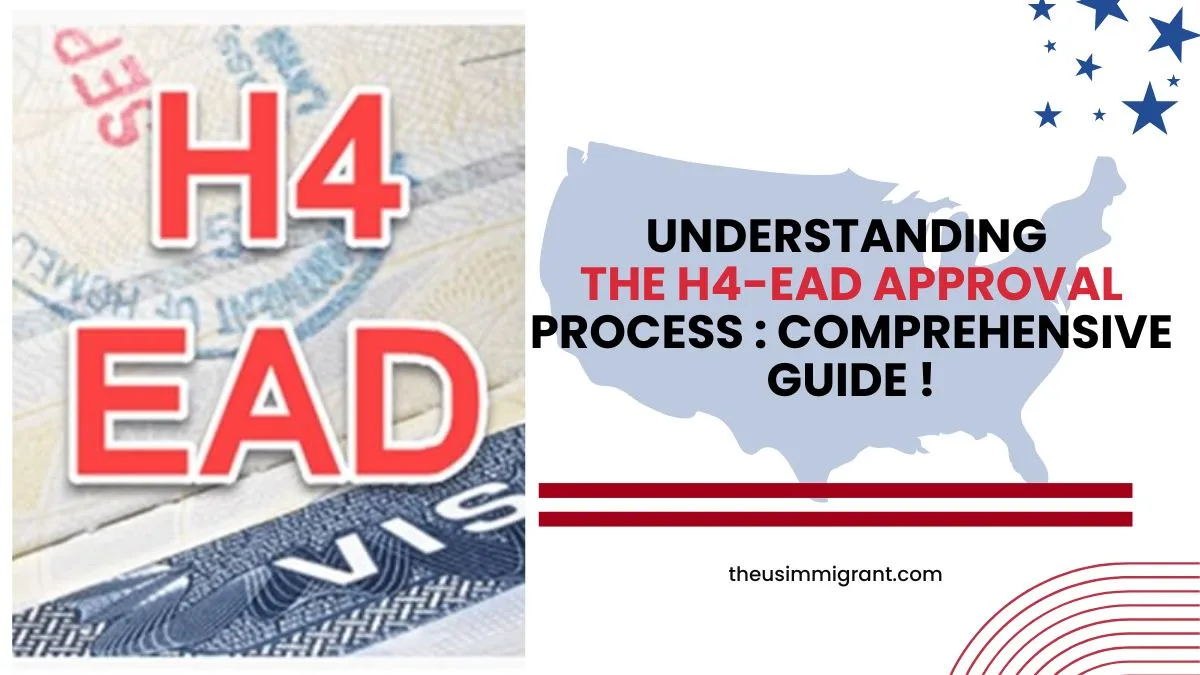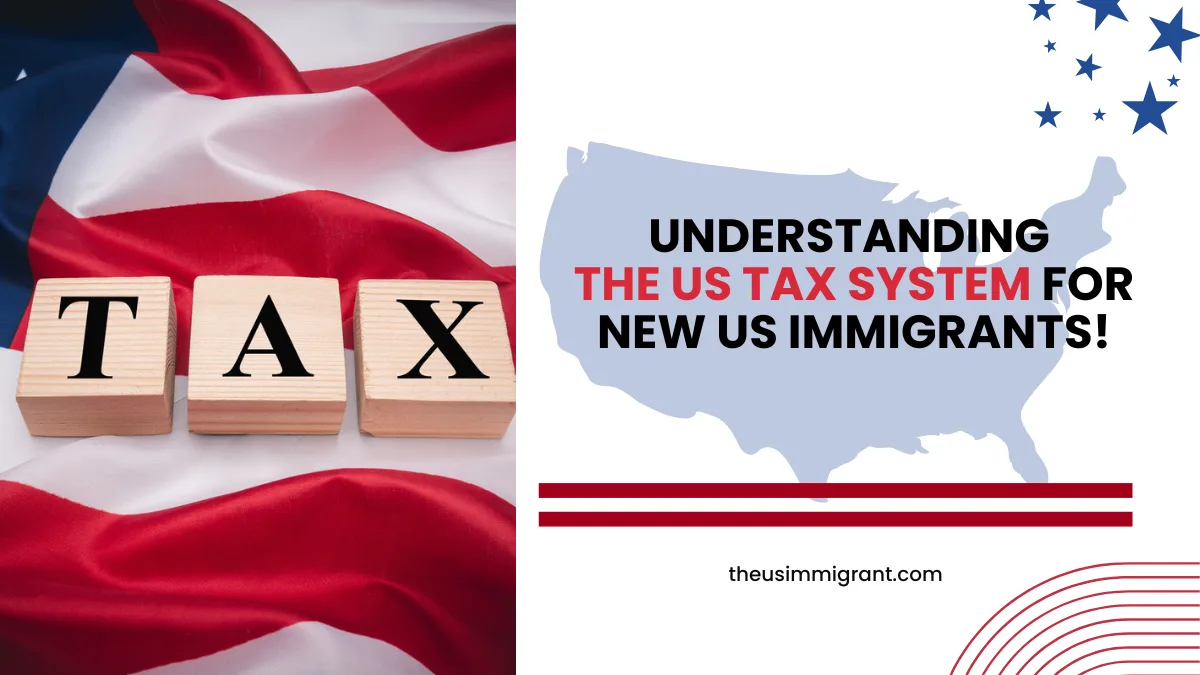Embark on a comprehensive guide to know what is I-140 process is – from timelines to eligibility and the perks that follow. We’ll also throw some light on the post-approval EAD acquisition which will help you to make your immigration journey a simple one.
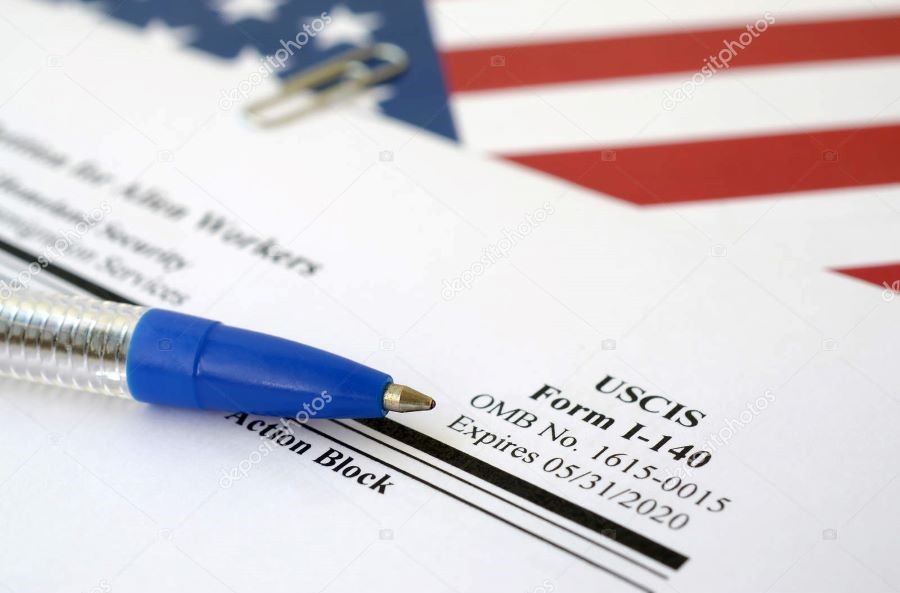
The I-140 process stands between you and employment-based immigration permission in the US. Getting permanent residency starts with mastering the I-140 process which enables you to receive multiple benefits no matter if you work specialized jobs or have advanced degrees.
The following article will provide step by step breakdown regarding the timelines, eligibility criteria, and the I-140 process associated benefits. Also, we will discuss what happens after the I-140 application has been approved, and in particular, the getting of an EAD. By the end of this guide, you will have a clear apprehension of this very important segment of your immigration process.
Key Takeaways:
-
- The I-140 is an important part of getting an employment-based immigration in the United States of America.
-
- It will be essential to grasp with timelines for the I-140 process, eligibility requirements, and perks to gain the permanent residence status.
-
- As one might expect, being approved for a work visa then lets you obtain a piece of paper called an Employment Authorization Document (EAD) that entitles you to work in the United States legally.
- When you have successfully gone through the I-140 process you are able to avail your dependents for work and the possibility of gaining permanent residence.
- Watch this space for additional information on the I-140 process including Application, documentation, and Application Check.
Understanding the I-140 Process
Below, you will be directed on how to apply for Form i-140, what Form i-140 is about, what the process entails, and the documents you have to submit as part of the process.
We will also help you work out how you will follow through on the progress of your i140 petition.
We explain everything about the I-140 process from its definition to application steps and required documents. We will show you the methods to verify your i140 application status.
The I-140 application must be present to process your employment-based immigration visa request with the USA. Recruiters use this procedure to get foreign workers permanent residence authorization.
What is the I-140 Process?
To get approval for employment-based immigration the employer and foreign worker submit an I-140 request to USCIS in order to prove their eligibility.
The application demonstrates that the employer gives legitimate sponsorship of employment positions to foreign workers who can eventually live permanently in the United States.
I-140 Process Application
When the employer wishes to file Form I-140, Immigrant Petition for Alien Worker, he must file the Form I-140 with the USCIS.
This was in the form of detailed information of the employer, job, job offered and qualifications of foreign workers.
Eligibility for the I-140
Applicants in the course of I-140 employment-based immigrant visa application. To ensure the people for whom this visa is meant can contribute to the U.S. labor market in good substantial ways, these requirements are made.
To be eligible for the I-140, you must meet one of the following criteria:
Extraordinary Ability: The evidence is sustained national or international acclaim for extraordinary ability in the sciences, arts, education business, or athletics.
Outstanding Professor or Researcher: International standards will consider you as outstanding in one field of academic endeavor and you will have at least three years of experience of teaching or research in that field.
Multinational Executive or Manager: You have been in the managerial or executive capacity for at least 1 year, in the past 3 years with a multinational company.
Exceptional Ability: In your field of the sciences, arts, or business, you are very superior to what should usually be possible.
Advanced Degree Professional: It’s an advanced degree requirement (master’s or higher in any field on the job offer).
Skilled Worker: You must have had at least two years of experience through training or work in a skill several by now to earn the position offered.
It is only necessary when you meet any of the above-arranged criteria to procure an I-140 visa. After you have met the requirements, you can then begin filling out the process of the application and closing in on receiving permanent residency in the country.

I-140 Supporting Documents
The supporting documents used to prove the job offer and the qualification of the foreign worker, are due to be enclosed with the I-140 petition when filed.
These supporting documents may include:
- That the employer can afford to pay the wage being offered.
- Evidence of the foreign worker’s education, skills experience & offer letter
- Evidence of the employer’s activities and their level of financial stability.
Checking your I-140 Application Status
We must check the I-140 status after we file this document. The USCIS provides the Case Status Online system as an online tool to help you monitor your application progress.
The online tool allows you to update your I-140 status and see all recent changes by matching your receipt number.
Our completion of the I-140 formalities forms the basic requirement for US citizenship based on employment. You must file your petition with USCIS while presenting documentation then check the application status as it moves forward.
Learning about I-140 employment-based immigrant visas helps you feel more secure while you pursue your employment visa.
Next we begin Section 3 to explain when events occur during the I-140 process.
I-140 Processing Time
Here, we are going to discuss what kind of I-140 process timelines you may possibly experience. To know about the processing times will help you plan your immigration journey. We’ll discuss the regular processing time, as well as a premium processing option, which is called, the premium processing.
Regular Processing Time
When seeking an I-140 petition from USCIS the total wait depends on existing application numbers plus the daily responsibilities of USCIS.
Your petition needs weeks to months or longer before you receive an answer from USCIS.
Premium Processing Time
You have the choice to use our premium processing service which speeds up the evaluation of your I-140 application. For premium processed cases USCIS guarantees a decision within 15 calendar days following receipt of both the application and the required fee payment.
You must pay extra for premium processing and available only to select employment visa types. You should discuss premium processing with an immigration attorney or expert before making any decisions to ensure it benefits you personally.
Comparison of I-140 Processing Timeline
| Processing Time | Timeframe |
| Regular Processing | Several months to a year timeframe |
| Premium Processing | 15 calendar days |
Benefits of the I-140 Approval
The day your i-140 is approved, you can have access to multiple benefits that will have a great impact on your permanent residency journey
These benefits include:
-
- Permanent Residency:When the US government approves your I-140 application you advance towards receiving permanent residence status. An individual gains unlimited employment and living rights in the United States with this status. Choosing permanent residence status in the United States gives you both security and safety.
-
- Work Authorization for Dependents: After your I-140 petition receives approval your dependents can obtain relevant employment permits. Having an I-140 approved allows your spouse and children under 21 without a spouse to legally work in the United States.
-
- Priority Date: Post approval of your I-140 petition, you are given a priority date for your kind perusal. This is to highlight your place in the waiting line for a visa number, in case you are filling the Form i-140 under the employment-based categories. An earlier priority defines the timelines for the road to your permanent residency.
- Professional Opportunities: Once your i-140 gets approved, you get free wings to apply for different employers. You are not tied up with a particular employer like L1 Visa.
- Travel and Reentry: Approved i-140 is your ticket to travel within or Outside the United States for freely. It provides greater flexibility for re-entry to International travel.
When you get I-140 approval, your nonworking family members will seek employment permission and you and your household will move toward permanent residency.
This section explains the positive outcomes you receive when your I-140 application receives approval.
| Benefits of an Approved I-140 | Description |
| Permanent Residency (Green Card) | Secures the ability to live and work in the U.S. indefinitely. |
| Work Authorization for Dependents | Allows eligible family members to legally work in the U.S. |
| Priority Date | Determines your place in the waiting line for a visa number. |
| Professional Opportunities | Opens up new career prospects and job flexibility. |
| Travel and Re-entry | Enables easier international travel and reentry to the U.S. |
EAD Acquisition After I-140 Approval
Post approval of the I-140 petition, you become eligible to apply for (EAD) – an Employment Authorization Document.
The EAD approval is your green signal to legally work in the United States till you don’t get your permanent residency. Here, we will guide you through the EAD application process to provide information on how long it takes to receive the EAD after i140 approval.
EAD Application Process
The application process for an EAD after i140 approval involves submitting Form I-765, Application for Employment Authorization, along with the required supporting documents. You should submit your complete application package which contains your i140 approval a copy of your passport and I-94 entry data plus other documents as needed.
Once you have collected all the needed papers, submit your EAD application by mail or online depending on your situation. You need to follow USCIS instructions and make sure you pay all needed fees. Once USCIS receives your submission they check your application and contact you about needed updates.
How Long Does It Take to Get EAD after i140 Approval?
How long it takes to get your EAD after i140 approval depends upon several elements. You need to wait around 90 days from your application date to get your EAD card. Verify today’s processing times by visiting the official USCIS website because application turnaround depends on many factors.
The i140 approval processing window can last longer because of regular application volume and when supplemental checks are required. Apply for your EAD quickly when you get approved for the i140 to reduce processing wait times.
How to Apply for H4 EAD
You can submit an H4 EAD application just like you would for an EAD application. You must send both Form I-765 and the required backup documents. You need to read USCIS instructions thoroughly while confirming that you match their H4 EAD program criteria.
After sending your H4 EAD application to USCIS they will examine your materials and let you know if further information or documents are needed. USCIS handles applications at different speeds so visit their site for updated processing information and track your application regularly.

How Long Does It Take to Get H4 EAD after i140 Approval?
Those dependent on an H4 visa become eligible for H4 EAD when their H1B holder obtains valid i140 approval. The H4 EAD processing period takes changing lengths after the i140 approval arrives. Today the processing period for this application takes between 3 and 5 months though you should verify the latest updates from USCIS.
You must complete Form I-765 with the necessary documents to receive H4 EAD approval after i140 processing. You need to submit documents that show your connection to the employee with H1B status plus evidence that their Form i140 petition has been OK’d plus other official information.
Conclusion
This guide has explained all major aspects of the I-140 process including processing timelines, qualification needs, benefits and applying for an EAD after approval. Understanding immigration process steps will help you better travel through immigration as you plan your journey.
People need to understand all about I-140 requirements to get employment-based immigrant visas in the United States. Every stage in the application process needs you to pay extreme attention to minor points. You need to follow all eligibility rules and submit valid paperwork to earn approval.
Approval of your I-140 grants you permanent residency opportunities and lets dependents work legally in the United States. We show you how to get your EAD card plus when you’ll get it and important facts for H4 spouses.
The guide will help you understand all aspects of the I-140 category but keep in mind that this process still has many challenges. Working with an immigration attorney with experience helps you increase your chances of obtaining a positive application outcome. Best of luck on your immigration journey!
Frequently Asked Questions
Q1. What is the I-140 process?
Answer: After applying for work-based immigration you need to complete the I-140 form. You need to submit an immigration claim that shows a foreign employee’s qualification for US employment in their chosen field.
Q2. How do I apply for the I-140?
Answer: Submit Form I-140 and its requested documents to USCIS and start your I-140 application process.
Q3. What paperwork must I submit to qualify for my I-140 application?
Answer: You need several types of proof to support your I-140 application depending on your selected work field. You need to show your approved qualifications including diplomas and job experience while presenting proof your employer has funds to pay what they offer you.
Q4. What tools do I have to monitor my I-140 application progress?
Answer: You can monitor your I-140 application status both through the USCIS online case tracker and by speaking with their customer service team.
Q5. The USCIS takes several months to approve I-140 forms.
Answer: When USCIS handles I-140 cases their workload and the type of job influence how long it takes to complete processing. The typical processing time extends several months but you can request premium processing to speed up your application for an extra fee.
Q6. What qualifications must you have to be approved for an I-140 application?
Answer: For I-140 the required qualifications differ between different job types. To seek approval you need a U.S. employer to give you work plus qualifications matching the job description and immigration regulations.
Q7. What advantages result from getting an I-140 approval?
Answer: Having an approved I-140 petition lets you apply for a green card, work permits for dependent family members, and access to employment-based visas and sets you on the path to U.S. citizenship.
Q8. How quickly will I receive my Employment Authorization Document once I-140 approval occurs?
Answer: After USCIS approves I-140 it usually takes 4 to 6 months to get an Employment Authorization Document (EAD). You can see if your EAD application moves forward by checking it through the USCIS online case status tool.
Q9. What steps should I take to get an H4 EAD authorization after my I-140 becomes approved?
Answer: When your I-140 approval comes through you can submit Form I-765 to the USCIS with needed supporting materials to get your H4 EAD. The H4 EAD application normally needs 3 to 5 months to process.

